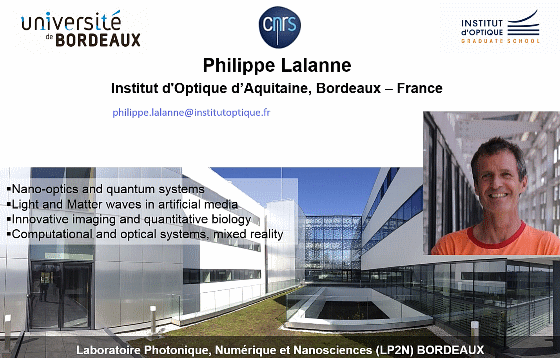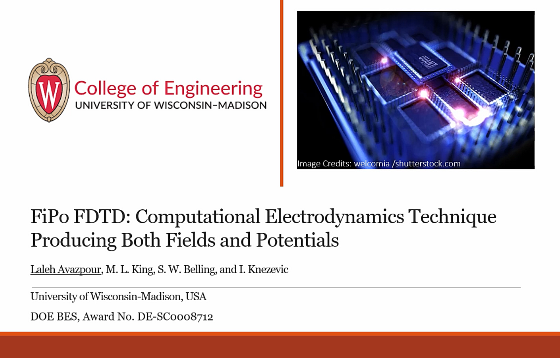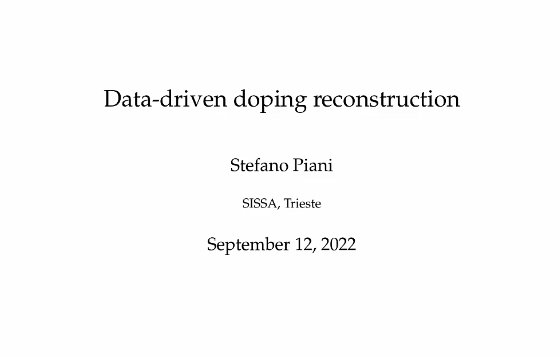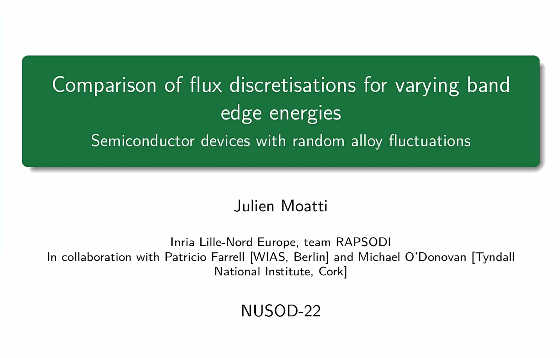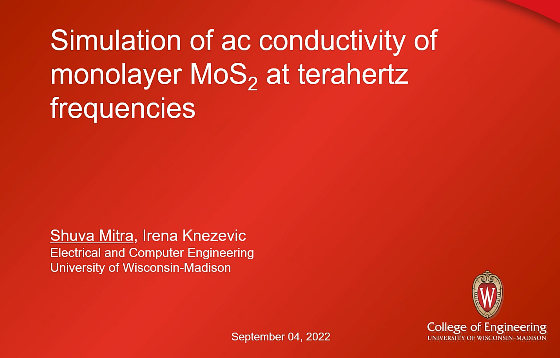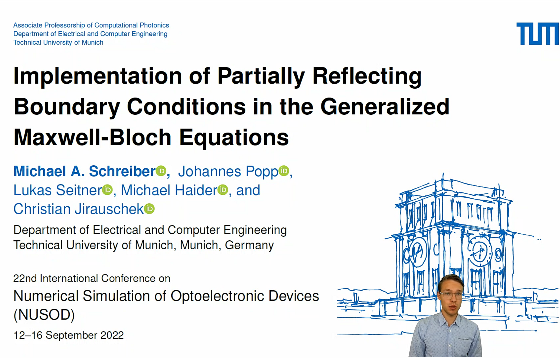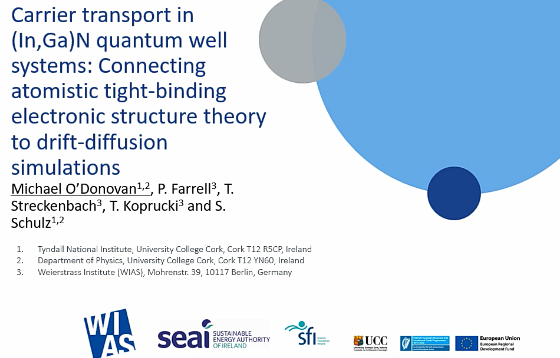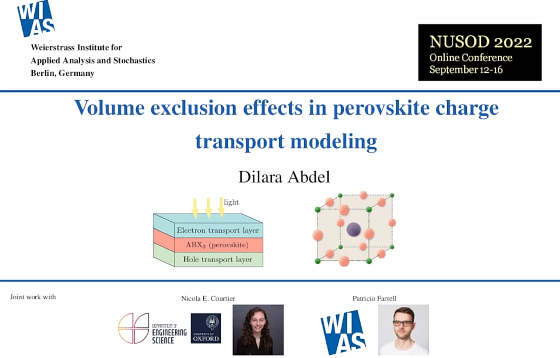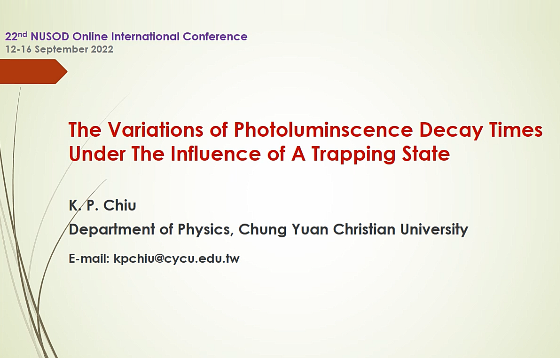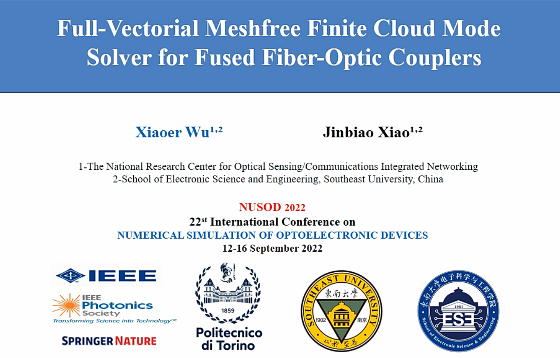MM01 – Rigorous modal analysis of micro or nanoresonators
The most general motion of a system is a superposition of its normal modes, or eigenstates. We report our recent developments of a rigorous modal analysis of electromagnetic resonators, which is accurate even for geometries that have not been analyzed so far, e.g. 3D resonators made of dispersive media and placed in non-homogeneous backgrounds (on […]




